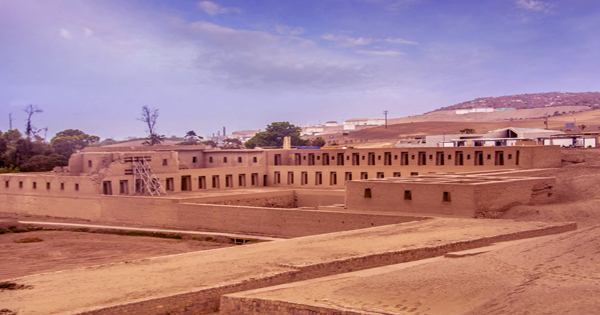A new study published in the journal PLOS ONE analyzed the chemical on the wood of Pachacamac Idol and discovered that it was once symbolically colored in red, yellow, and white pigments. Perhaps more importantly, carbon dating proves that the statue is an authentic, touching rumor. The Pachacamac Idol of ancient Peru is now an empty carved wooden statue, but at one time this sacred Inca statue was vividly colored with precious and precious pigments.
The statue, 38 feet long (2.3 m), was discovered 30 kilometers (19 miles) south of the Peruvian capital, Lima, at the Inca Pachacamac Archaeological Complex, with huge finds of temples, pyramids, and palaces. The Pachacamac Idol depicts the creator god Pacha Kamaq in ancient Indian mythology, whose name means “Creator of the Earth”.
Rumor has it that the idol was once painted red with sacrificial blood. The study found no evidence of this bloody technique, but the pigments were able to provide some startling insights into the pre-Columbian history of present-day Peru.
Some of the closest natural stocks to cinnabar can be found at Huancavelica in the central Andes, where the statue was discovered hundreds of kilometers away. This implies that the pigment was offered from a distant region and brought to the region by trade or pilgrimage. The red pigment is found in cinnabar, a brick-red form of mercury (second) sulfide. Interestingly, cinnabar is not found naturally in the rocks surrounding the local area.
Marcela Sepulveda from Tarapacá University in Chile told Newsweek, “The red marks were previously observed and interpreted as blood. So, we were expecting to find some colored marks. When we started our study, we were surprised to see not only the red marks but also the yellow and white ones. “
In this new study, researchers using carbon-dating determined that the wood was cut and probably carved sometime between 760 and 6 876 CE, meaning it was worshiped 70,000 years before the Spanish conquest.
As a study note, many ancient artifacts were stolen or destroyed after the American Spanish conquest. There was a great deal of speculation that Hernando Pizarro destroyed the original Pachacamac Idol during the conquest of the Inca Empire in the Andes. Based on recent carbon dating, it is safe to say that Pachacamac Idol was the real deal and somehow managed to avoid the wrath of the winners.
















